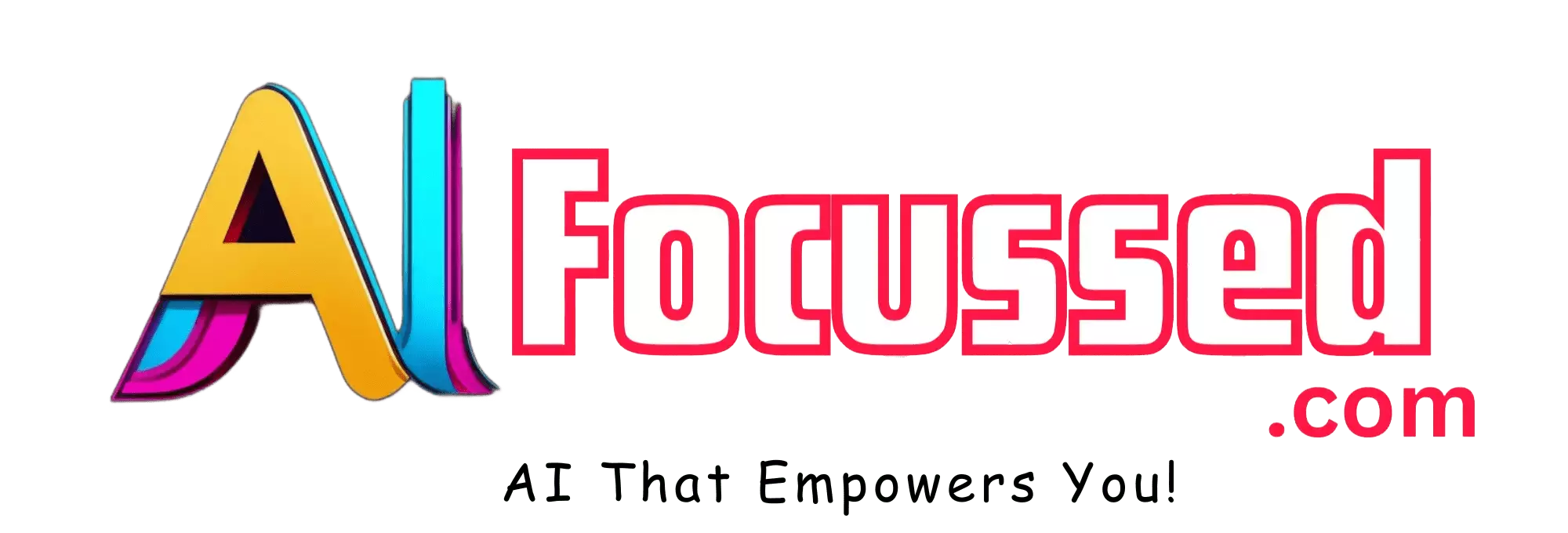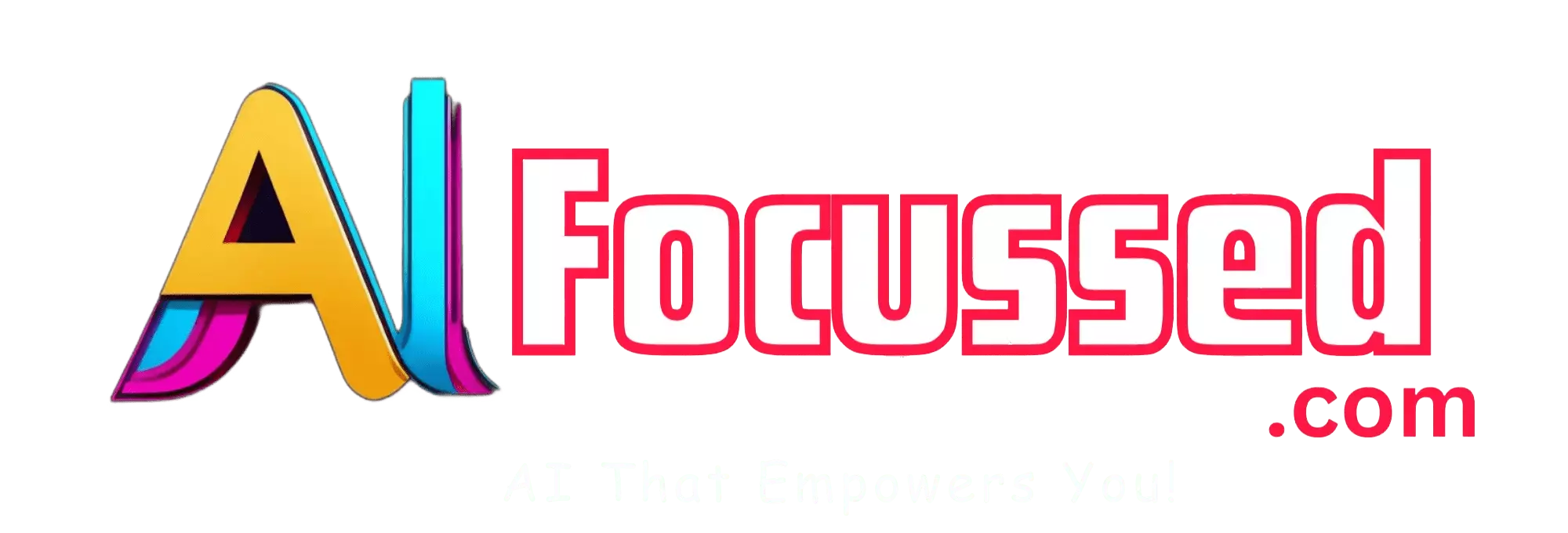Have you ever wished you could chat with an AI assistant that can understand both text and images? Do you want to explore the possibilities of multimodal models that can perform tasks like visual question answering, image captioning, and visual reasoning? If so, you might be interested in LLaVA. This free and open-source multimodal model connects a vision encoder with a significant language model (LLM) to mimic GPT-4’s vision capabilities.
This article will introduce LLaVA, its features, applications, and how you can interact with images and text. We will also compare LLaVA with GPT -4’s vision feature, which is currently only available to paid users of ChatGPT Plus. By the end of this article, you will better understand what LLaVA can do and how it can benefit you.
What is LLaVA?
LLaVA stands for Large Language and Vision Assistant. It is a multimodal model that combines a vision encoder with an LLM to achieve state-of-the-art performance on various visual and language tasks. LLaVA was developed by UC Davis and Microsoft Research researchers and was released as an open-source project on GitHub.
LLaVA is based on visual instruction tuning (VIT), a method of fine-tuning an LLM with image-text pairs as instructions. VIT allows the LLM to learn from textual and visual modalities and generate natural language responses relevant to the input image. VIT also enables the LLM to handle different prompts, such as questions, commands, descriptions, and stories.
LLaVA uses CLIP-ViT-L as its vision encoder, a transformer-based model that can learn from natural language supervision. CLIP-ViT-L was trained on 400 million image-text pairs from the internet and can encode images into high-dimensional vectors compatible with the LLM. LLaVA uses GPT-3 as its LLM, one of the world’s largest and most powerful language models. GPT-3 was trained on 175 billion tokens from various text sources and can generate coherent and diverse texts for any prompt.
By combining CLIP-ViT-L and GPT-3, LLaVA can leverage the strengths of both models and achieve impressive results on various benchmarks. For example, this model can answer questions about images, generate captions for images, reason about images, and even chat with users about images. LLaVA can also handle different images, such as photos, drawings, memes, logos, diagrams, and more.
How to use LLaVA?
One of the best ways to use LLaVA is through its online demo playground, which allows you to interact with LLaVA in real time. You can drag and drop an image or enter an image URL into the playground and then enter a prompt in natural language. The prompt can be anything you want to ask or tell LLaVA about the image. For example:
- What is this a picture of?
- Tell me a story about this image.
- How many people are in this image?
- Draw a circle around the dog in this image.
- What is the name of this logo?
After entering the prompt, you can click on the “Chat” button and wait for LLaVA to generate a response. The response will appear below the prompt in a chat bubble. You can also see the image that LLaVA used as context for its response. You can continue the conversation by entering another prompt or changing the image.
The demo playground also allows you to choose between different modes of LLaVA: Balanced, Creative, and Precise. These modes affect how LLaVA generates its responses. Balanced mode is the default mode that tries to balance accuracy and diversity. Creative mode encourages more imaginative and innovative responses. Precise mode focuses more on factual and logical responses.
How does LLaVA compare with GPT-4’s Vision?
Comparing LLaVA and GPT-4’s Vision is essential to understand the differences and advantages of these two powerful tools. LLaVA, an open-source multimodal model, offers a free and highly customizable alternative for text and image understanding. On the other hand, GPT-4’s Vision, a premium service, provides its own set of features. The table below illustrates the key distinctions between these two options, including accessibility, customization, and language support.
| Feature | LLaVA | GPT-4’s Vision |
|---|---|---|
| Accessibility | Free and open-source | Paid service ($20/month) |
| Customization | Highly customizable | Moderate customization |
| Languages | Supports various languages | Supports various languages |
Regarding performance, LLaVA and GPT-4’s vision features are very impressive. They can handle a wide range of tasks and images. However, this model has some advantages over GPT -4’s vision feature, such as:
LLaVA is more transparent and customizable
Users can see the source code of LLaVA on GitHub and modify it according to their needs. Users can also train their versions of LLaVA with different data and models. GPT-4’s vision feature, on the other hand, is more opaque and restricted. Users need help seeing how GPT-4’s vision feature works or changing its parameters. Users must also rely on OpenAI‘s data and models, which may not suit their purposes.
LLaVA is more accessible and inclusive
Users can use LLaVA for free and without any limitations. Users can also use It in different languages, such as Chinese, Japanese, Spanish, French, German, and more. GPT-4’s vision feature, on the other hand, is more expensive and exclusive. Users must pay a hefty fee and wait a long time to use GPT-4’s vision feature. Users must also use GPT-4’s vision feature in English only, which may need to be more convenient and comfortable for some users.
Frequently Asked Questions – FAQs
It stands for Large Language and Vision Assistant, an open-source multimodal model for text and image understanding.
It is a free alternative, while GPT-4’s vision feature is a premium service. LLaVA is more customizable and accessible.
It can perform tasks like visual question answering, image captioning, and chat interactions.
You can use It in real time on its online demo playground.
Yes, It supports various languages.
Yes, LLaVA’s source code is available on GitHub, allowing customization.
Conclusion
LLaVA is a free and open-source multimodal model miming GPT-4’s vision capabilities. LLaVA can understand text and images and generate natural language responses relevant to the input image. It can perform visual question answering, image captioning, reasoning, and chatting. LLaVA can also handle different images, such as photos, drawings, memes, logos, diagrams, and more.
LLaVA is an excellent tool for anyone who wants to explore the possibilities of multimodal models and naturally interact with images and text. LLaVA is also a great alternative to GPT -4’s vision feature, which is currently only available to paid users of ChatGPT Plus. It is more transparent, customizable, accessible, and inclusive than GPT-4’s vision feature.
If you want to use LLaVA, you can check out its online demo, where you can chat with LLaVA in real time. You can also visit its GitHub repository, where you can find more information about it, its features, its applications, and how to train your version of this model.
We hope you enjoyed this article about LLaVA and learned something new about multimodal models. Please comment below if you have any questions or feedback about this Model or this article. Thank you for reading!
Read Next: How to Unlock GPT-4’s Game-Changing Multimodal Capability using Bing AI



